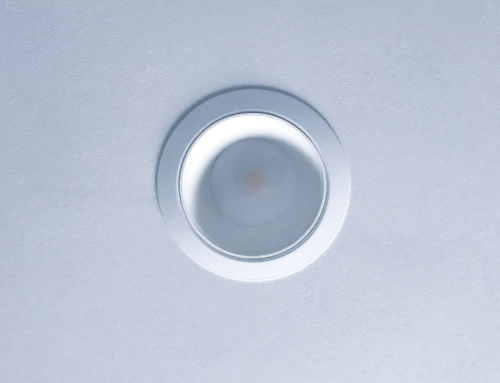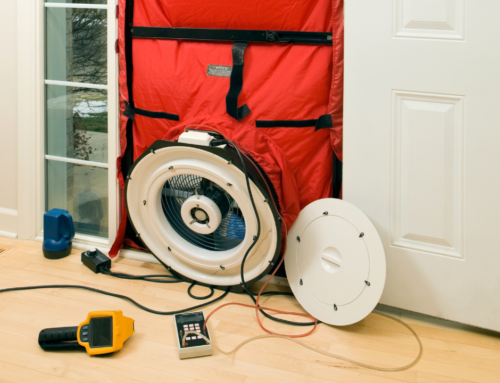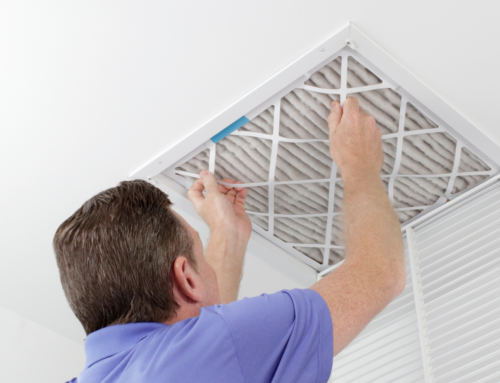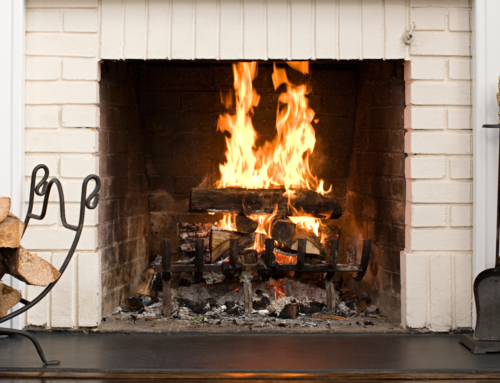Air tightness is a critical aspect of residential building design and construction, playing a vital role in ensuring energy efficiency and maintaining optimal indoor air quality. This blog explores the importance of air tightness in residential dwellings, highlighting its impact on energy efficiency and the essential connection between air tightness and proper ventilation.
One of the primary reasons for emphasizing air tightness in residential dwellings is its direct impact on energy efficiency. Uncontrolled air leakage in a building can result in significant heat loss during colder months and heat gain during hotter months, leading to increased energy consumption and higher utility bills. By minimizing air leakage, a well-sealed and air-tight building envelope can effectively reduce heat transfer, resulting in improved energy efficiency.
Air leakage occurs primarily through gaps, cracks, and poorly sealed building components such as windows, doors, and wall penetrations. These air leaks can significantly compromise the insulation’s effectiveness and allow heated or cooled air to escape. Consequently, the heating, ventilation, and air conditioning (HVAC) systems have to work harder to maintain comfortable indoor temperatures, leading to excessive energy usage and increased environmental impact. By addressing air leakage and ensuring air tightness, residential dwellings can optimize energy efficiency and minimize heat loss, reducing the overall carbon footprint.
Air tightness in residential dwellings also plays a crucial role in maintaining thermal comfort and ensuring healthy indoor air quality. Uncontrolled air infiltration can lead to drafts, cold spots, and uncomfortable indoor conditions. By improving air tightness, homeowners can enjoy consistent indoor temperatures, reduced drafts, and increased overall comfort.
However, while air tightness is essential for energy efficiency, it must be balanced with adequate ventilation to maintain optimal indoor air quality. Insufficient ventilation can lead to the accumulation of indoor pollutants, excess moisture, and stale air, posing health risks and potential damage to the building’s structure. Therefore, proper mechanical ventilation systems or controlled natural ventilation strategies should be incorporated to ensure a healthy and fresh indoor environment.
Achieving the optimal balance between air tightness and ventilation is crucial. Advanced building techniques, such as heat recovery ventilation (HRV) or energy recovery ventilation (ERV) systems, can help address this challenge. These systems recover and exchange heat between outgoing and incoming air, improving energy efficiency while simultaneously providing fresh air ventilation. Regular maintenance and inspection of ventilation systems are necessary to ensure their continued functionality and effectiveness.
In conclusion, air tightness plays a pivotal role in residential dwellings, promoting energy efficiency, thermal comfort, and indoor air quality. By minimizing air leakage, homeowners can reduce energy consumption, lower utility costs, and contribute to a sustainable environment. However, it is crucial to balance air tightness with proper ventilation to maintain healthy indoor air quality. The incorporation of efficient ventilation systems ensures fresh air supply while preserving energy efficiency. As we strive for greener and healthier living spaces, prioritizing air tightness and ventilation in residential dwellings is an essential step towards creating sustainable, comfortable, and efficient home.
Written by: Chris Kell







Leave A Comment